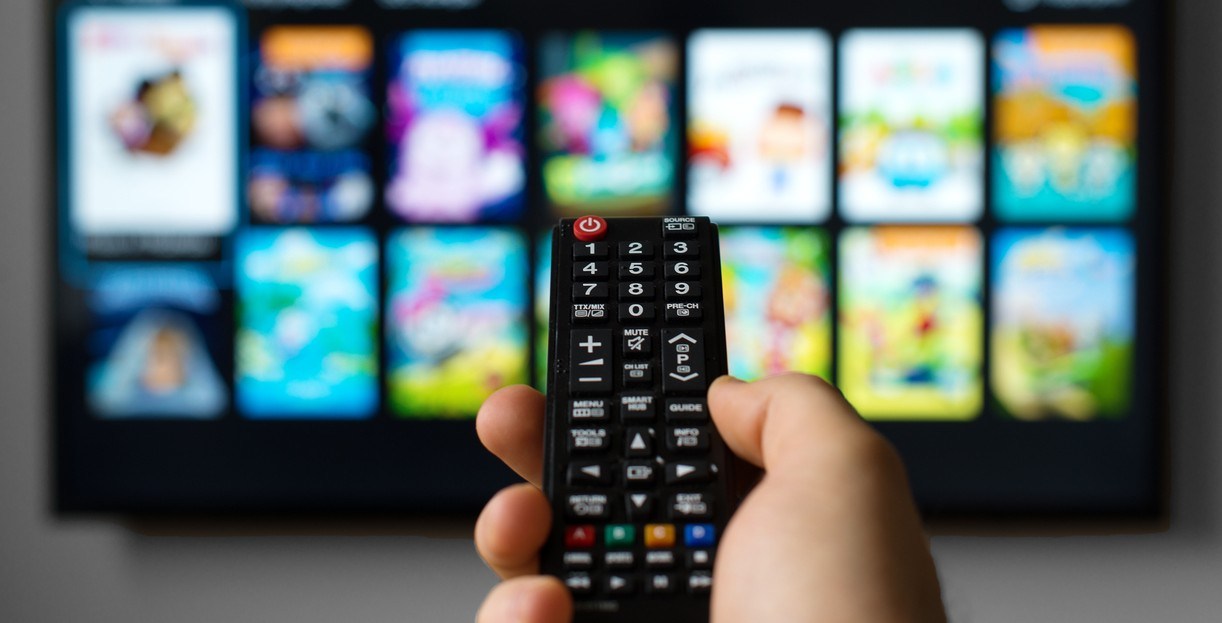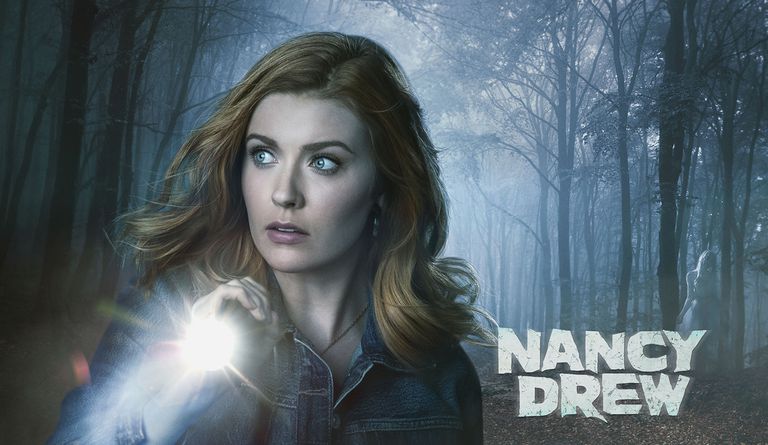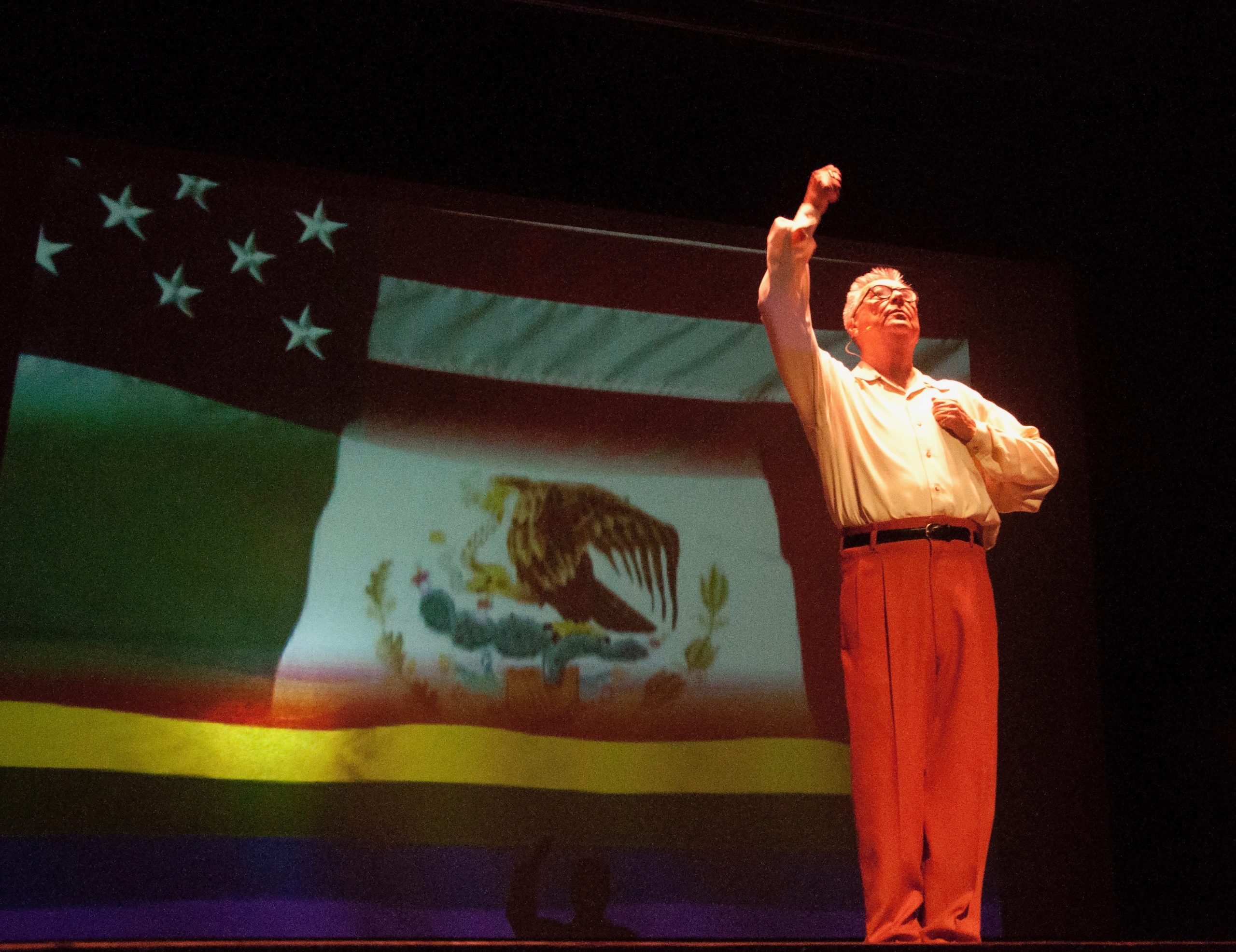
I was looking for something to watch the other day and I found myself instinctively opening my family’s Amazon Firestick and login for the Netflix app before switching to the Hulu app to see if anything interesting was on there. My family has cable since they like to keep up with Filipino channels, but they rarely ever used the stick. My brother and I are usually the ones who use the streaming device and the only time my parents ever decide to use the stick is when my brother or I are around. I figured this was only because our parents were technically challenged, but growing up in the digital age may also have something to do with this.
We are now, officially, in the digital age with instantaneous communication and streaming. In a study done by Leichtman Research Group in 2019, 74% of U.S. households have at least one internet connected device such as a smart TV, Roku, Amazon Firetv, etc. In this same study, the group found major TV providers lost a total of 1,325,000 subscribers in their first quarter compared to the first quarter in 2018 which was 305,000. Could this be caused by Millennials and younger generations? Is it time to move onto the next big thing?
People often blame Millennials as the cause of this rift and the rise in streaming services and decline in the use and installation of cable services. They even often get referred to as ‘cord cutters’ or people who cancel TV subscriptions for alternative internet-based or wireless services.
https://www.instagram.com/p/BzJuwdwngKZ/
According to a study done by the Pew Research Group in 2017, six in 10 young adults in the U.S. use online TV to do their watching. The age range used in this classification of ‘young adult’ was from ages 18 to 29. Breaking it down, look at this number compared to the rest of the adults in the country: 59% of U.S. adults use cable while 28% stream. Perhaps this gradual development is caused by innovation.
When Leichtman Research Group studied the percentage of daily Netflix streamers in 2011, the number was at 6%, but six years later, in the same study, they found this number had risen to 23% by 2017. They also found that 54% of households had Netflix compared to 28% in 2011. This is not to say the only streaming service is Netflix, but looking at these numbers, there may be similar patterns in other streaming services such as Hulu, Amazon Prime, and more.
In addition, it seems like the next big thing for actors and actresses are these streaming services’ TV shows and movies.
That same day I went on Netflix and Hulu, I came across a couple of new movies: Netflix Originals “Always Be My Maybe,” “Murder Mystery,” “Someone Great,” Hulu Originals “Handmaid’s Tale” and “The Act.” These films featured known actors and actresses like Keanu Reeves, Jennifer Aniston, Adam Sandler, Gina Rodriguez, Elisabeth Moss, AnnaSophia Robb, Patricia Arquette and more. And being streamed doesn’t mean no award recognition. They still have the opportunity to get the whole package of fame, red carpets and awards ceremonies.
https://www.instagram.com/p/Bw7wb-uBdjE/
The recognition doesn’t stop there. Even shows that are no longer airing are catching popularity from streaming. Shows like “Friends,” “The Office” and even more obscure shows like “Merlin,” “Ally McBeal” or even “Firefly” are on people’s radar.
I had a friend, Joe, who is a huge CW “Riverdale” fan tell me he wasn’t going to watch season 3 on TV because he assumed it would be available on a streaming service (which it eventually was). At first I thought it was just my friend who had this mentality, but it has become the reality. For example, fans assumed season 3 of “Wynonna Earp” would be put on a streaming platform as well, which ended up creating tensions. However, in that specific case, the show has been put on standby while fans have started the #savewynonnaearp campaign.
Streaming has made it easier to watch anytime, any day. It’s also just the easier method for binge watching. And depending on the service or plan, the binging can go on uninterrupted and ad free since all the episodes and certain films are available on the platform. The deeper effect and power has been in the vigor of those watching; if a show gets cancelled or is on the verge of discontinuation, subscribers are adamant to fight for it.
So, is this the future? Possibly. But is it a bad thing? Media is constantly changing, improving and innovating. It’s a business, and as we know and believe in America: competition is good for the economy.






